State of the Environment in Barrow and Furness
« Change locationIn the run-up to the 2024 general election, 70% of voters in Barrow and Furness said that environment and climate change policies were important issues for them.
That’s why Friends of the Earth has produced this unique resource for everyone who’s actively engaged in making their community a better place, from campaigners to MPs. It features a range of constituency-level data on some of the key environmental issues impacting people in your area, as well as proposed solutions.
This latest version of the report has been created by Friends of the Earth’s environmental data team, using data from trusted, relevant sources which can be found both in the text and on the sources and methodology page.
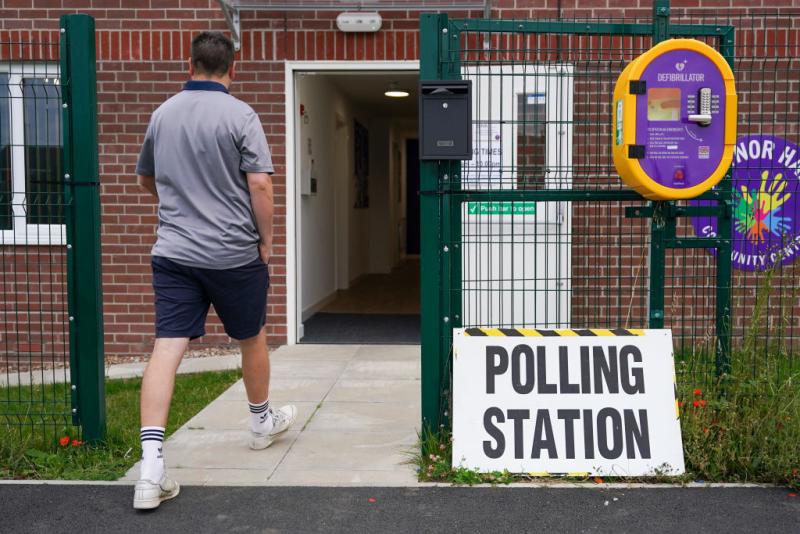
Energy and climate change
Poor housing and extreme weather mean people across the UK are facing undue threats to their health, homes and livelihoods.
For example, 7% of the population in Barrow and Furness is at risk of flooding (research by University of Manchester for Friends of the Earth, 2022). And 0% of the population is at risk of extreme heat and the corresponding health issues (research by University of Manchester for Friends of the Earth, 2022).
Additionally, the latest available data suggests there are approximately 139 "excess" deaths in your constituency during winter (The Lancet, 2022). It’s estimated that one-fifth of those deaths are due to cold homes (Institute of Health Equity, 2022).
In Barrow and Furness, 70% of homes are rated EPC “D” or below, meaning those houses are particularly bad at retaining heat. That’s 24,285 households with unnecessarily high energy bills.
The recent energy crisis has made a bad situation worse.
Energy crisis hotspots are areas where incomes are below average, but bills are above average. There are 10 energy crisis hotspots in your constituency, where constituents pay an annual energy bill averaging £2,380 (Friends of the Earth, 2022).

What should the government do to improve things?
A properly funded insulation scheme will help bring down bills, as well as curb climate emissions.
According to EPC data, 11,330 homes in Barrow and Furness would benefit from loft insulation, and 16,170 homes would benefit from cavity wall insulation. The government should fund a £6 billion-a-year street-by-street insulation programme, with costs met through the windfall tax on oil and gas companies.
The government should also commit to investing in renewable energy, which will help reduce energy costs for generations to come and create new jobs.
And finally, the government should implement measures that will help lessen the impact of flooding and excess heat, such as doubling the budget for nature-friendly land management and planting more trees in urban areas.
Energy and climate change
Poor housing and extreme weather mean people across the UK are facing undue threats to their health, homes and livelihoods.
For example, 7% of the population in Barrow and Furness is at risk of flooding (research by University of Manchester for Friends of the Earth, 2022).
Additionally, the latest available data suggests there are approximately 139 "excess" deaths in your constituency during winter (The Lancet, 2022). It’s estimated that one-fifth of those deaths are due to cold homes (Institute of Health Equity, 2022).
In Barrow and Furness, 70% of homes are rated EPC “D” or below, meaning those houses are particularly bad at retaining heat. That’s 24,285 households with unnecessarily high energy bills.
The recent energy crisis has made a bad situation worse.
Energy crisis hotspots are areas where incomes are below average, but bills are above average. There are 10 energy crisis hotspots in your constituency, where constituents pay an annual energy bill averaging £2,380 (Friends of the Earth, 2022).

What should the government do to improve things?
A properly funded insulation scheme will help bring down bills, as well as curb climate emissions.
According to EPC data, 11,330 homes in Barrow and Furness would benefit from loft insulation, and 16,170 homes would benefit from cavity wall insulation. The government should fund a £6 billion-a-year street-by-street insulation programme, with costs met through the windfall tax on oil and gas companies.
The government should also commit to investing in renewable energy, which will help reduce energy costs for generations to come and create new jobs.
And finally, the government should implement measures that will help lessen the impact of flooding and excess heat, such as doubling the budget for nature-friendly land management and planting more trees in urban areas.
Energy and climate change
Poor housing and extreme weather mean people across the UK are facing undue threats to their health, homes and livelihoods.
For example, 0% of the population in Barrow and Furness is at risk of extreme heat and the corresponding health issues (research by University of Manchester for Friends of the Earth, 2022).
Additionally, the latest available data suggests there are approximately 139 “excess” deaths in your constituency during winter (The Lancet, 2022). It’s estimated that one-fifth of those deaths are due to cold homes (Institute of Health Equity, 2022).
In Barrow and Furness, 70% of homes are rated EPC “D” or below, meaning those houses are particularly bad at retaining heat. That’s 24,285 households with unnecessarily high energy bills.
The recent energy crisis has made a bad situation worse.
Energy crisis hotspots are areas where incomes are below average, but bills are above average. There are 10 energy crisis hotspots in your constituency, where constituents pay an annual energy bill averaging £2,380 (Friends of the Earth, 2022).

What should the government do to improve things?
A properly funded insulation scheme will help bring down bills, as well as curb climate emissions.
According to EPC data, 11,330 homes in Barrow and Furness would benefit from loft insulation, and 16,170 homes would benefit from cavity wall insulation. The government should fund a £6 billion-a-year street-by-street insulation programme, with costs met through the windfall tax on oil and gas companies.
The government should also commit to investing in renewable energy, which will help reduce energy costs for generations to come and create new jobs.
And finally, the government should implement measures that will help lessen the impact of flooding and excess heat, such as doubling the budget for nature-friendly land management and planting more trees in urban areas.
Energy and climate change
Poor housing and extreme weather mean people across the UK are facing undue threats to their health, homes and livelihoods.
For example, 7% of the population in Barrow and Furness is at risk of flooding (research by University of Manchester for Friends of the Earth). And 0% of the population is at risk of extreme heat and the corresponding health issues (research by University of Manchester for Friends of the Earth, 2022).
Additionally, the latest available data suggests there are approximately 139 “excess” deaths in your constituency during winter (The Lancet, 2022). It’s estimated that one-fifth of those deaths are due to cold homes (Institute of Health Equity, 2022).
In Barrow and Furness, 70% of homes are rated EPC “D” or below, meaning those houses are particularly bad at retaining heat. That’s 24,285 households with unnecessarily high energy bills.

What should the government do to improve things?
A properly funded insulation scheme will help bring down bills, as well as curb climate emissions.
According to EPC data, 11,330 homes in Barrow and Furness would benefit from loft insulation, and 16,170 homes would benefit from cavity wall insulation. The government should fund a £6 billion-a-year street-by-street insulation programme, with costs met through the windfall tax on oil and gas companies.
The government should also commit to investing in renewable energy, which will help reduce energy costs for generations to come and create new jobs.
And finally, the government should implement measures that will help lessen the impact of flooding and excess heat, such as doubling the budget for nature-friendly land management and planting more trees in urban areas.
Pollution
Air pollution is the largest environmental risk to public health in the UK, contributing to between 28,000 and 36,000 deaths every year (OHID, 2022). In Barrow and Furness, 11% of the population suffers from a respiratory disease like asthma or chronic obstructive pulmonary disease (COPD) (Commons Library, 2023).
In Barrow and Furness:
- Levels of the harmful pollutant nitrogen dioxide (NO2) are above World Health Organization (WHO) guidelines in 3% of neighbourhoods (Friends of the Earth modelling of data from Defra, 2022).
- Levels of the equally harmful pollutant PM2.5 are above WHO guidelines in 57% of neighbourhoods (Friends of the Earth modelling of data from Defra, 2022).
And it’s not just our air that’s polluted. In recent months, sewage has hit both our coastlines and the headlines. Currently, companies have free rein to pollute as they please.
According to the Rivers Trust, there were 2,860 sewage spills in your area, equalling 29,970 hours.
Along with farm run-off, sewage is turning our rivers into dangerous environments for both people and wildlife.
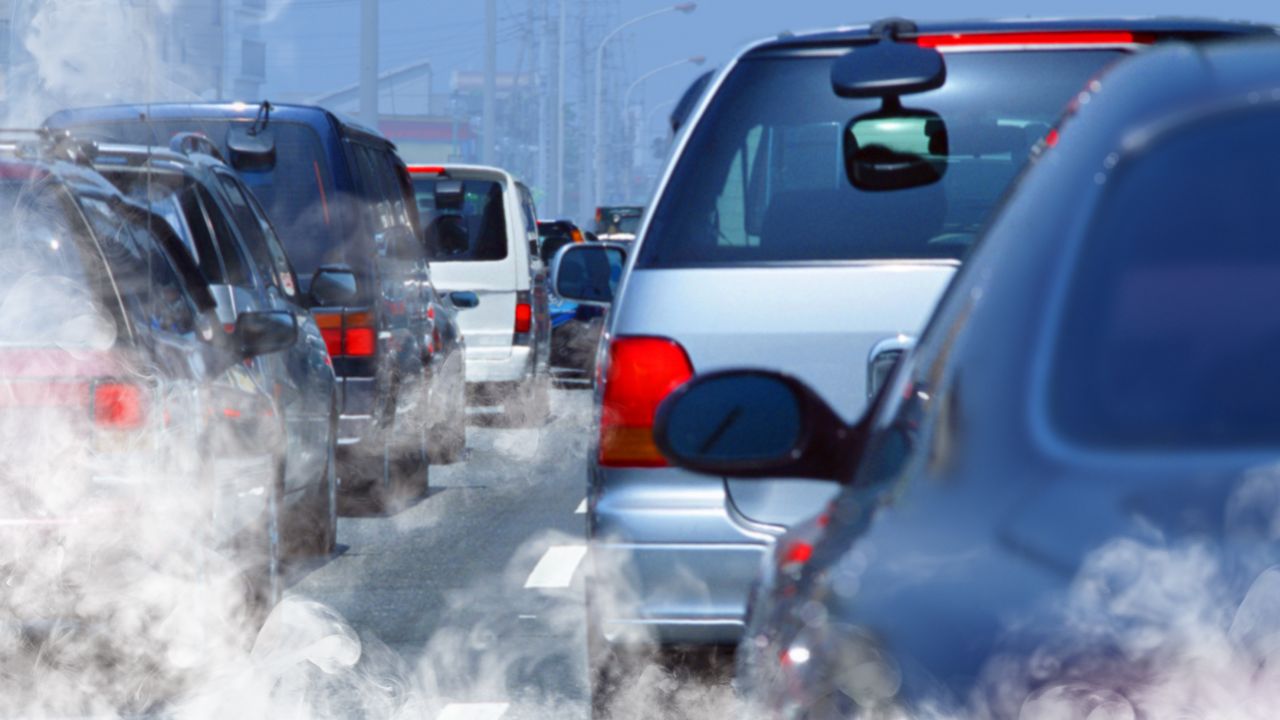
What should the government do to improve things?
The government should introduce a new law on the right to a healthy environment. Doing so would help people most harmed by a bad environment, such as families living in damp-filled housing or communities living by sewage-filled rivers, to use the law to force those responsible to fix the problem.
The government should also commit to lowering air pollution and bringing UK air quality limits in line with WHO levels, including through measures such as clean air zones and low traffic neighbourhoods if necessary.
Pollution
Air pollution is the largest environmental risk to public health in the UK, contributing to between 28,000 and 36,000 deaths every year (OHID, 2022). In Barrow and Furness, 11% of the population suffers from a respiratory disease like asthma or chronic obstructive pulmonary disease (COPD) (Commons Library, 2023).
Levels of the harmful pollutant PM2.5 in Barrow and Furness are above World Health Organization (WHO) guidelines in 57% of neighbourhoods (Friends of the Earth modelling of data from Defra, 2022).
And it’s not just our air that’s polluted. In recent months, sewage has hit both our coastlines and the headlines. Currently, companies have free rein to pollute as they please.
According to the Rivers Trust, there were 2,860 sewage spills in your area, equalling 29,970 hours.
Along with farm run-off, sewage is turning our rivers into dangerous environments for both people and wildlife.

What should the government do to improve things?
The government should introduce a new law on the right to a healthy environment. Doing so would help people most harmed by a bad environment, such as families living in damp-filled housing or communities living by sewage-filled rivers, to use the law to force those responsible to fix the problem.
The government should also commit to lowering air pollution and bringing UK air quality limits in line with WHO levels, including through measures such as clean air zones and low traffic neighbourhoods if necessary.
Pollution
Air pollution is the largest environmental risk to public health in the UK, contributing to between 28,000 and 36,000 deaths every year (OHID, 2022). In Barrow and Furness, 11% of the population suffers from a respiratory disease like asthma or chronic obstructive pulmonary disease (COPD) (Commons Library, 2023).
In Barrow and Furness:
- Levels of the harmful pollutant nitrogen dioxide (NO2) are above World Health Organization (WHO) guidelines in 3% of neighbourhoods (Friends of the Earth modelling of data from Defra, 2022).
- Levels of the equally harmful pollutant PM2.5 are above WHO guidelines in 57% of neighbourhoods (Friends of the Earth modelling of data from Defra, 2022).

What should the government do to improve things?
The government should introduce a new law on the right to a healthy environment. Doing so would help people most harmed by a bad environment, such as families living in damp-filled housing or communities living by sewage-filled rivers, to use the law to force those responsible to fix the problem.
The government should also commit to lowering air pollution and bringing UK air quality limits in line with WHO levels, including through measures such as clean air zones and low traffic neighbourhoods if necessary.
Pollution
Air pollution is the largest environmental risk to public health in the UK, contributing to between 28,000 and 36,000 deaths every year (OHID, 2022).
In Barrow and Furness:
- Levels of the harmful pollutant nitrogen dioxide (NO2) are above World Health Organization (WHO) guidelines in 3% of neighbourhoods (Friends of the Earth modelling of data from Defra, 2022).
- Levels of the equally harmful pollutant PM2.5 are above WHO guidelines in 57% of neighbourhoods (Friends of the Earth modelling of data from Defra, 2022).
And it’s not just our air that’s polluted. In recent months, sewage has hit both our coastlines and the headlines. Currently, companies have free rein to pollute as they please.
According to the Rivers Trust, there were 2,860 sewage spills in your area, equalling 29,970 hours.
Along with farm run-off, sewage is turning our rivers into dangerous environments for both people and wildlife.

What should the government do to improve things?
The government should introduce a new law on the right to a healthy environment. Doing so would help people most harmed by a bad environment, such as families living in damp-filled housing or communities living by sewage-filled rivers, to use the law to force those responsible to fix the problem.
The government should also commit to lowering air pollution and bringing UK air quality limits in line with WHO levels, including through measures such as clean air zones and low traffic neighbourhoods if necessary.
Pollution
Air pollution is the largest environmental risk to public health in the UK, contributing to between 28,000 and 36,000 deaths every year (OHID, 2022).
In Barrow and Furness, levels of the harmful pollutant PM2.5 are above World Health Organization (WHO) guidelines in 57% of neighbourhoods (Friends of the Earth modelling of data from Defra, 2022).
And it’s not just our air that’s polluted. In recent months, sewage has hit both our coastlines and the headlines. Currently, companies have free rein to pollute as they please.
According to the Rivers Trust, there were 2,860 sewage spills in your area, equalling 29,970 hours.
Along with farm run-off, sewage is turning our rivers into dangerous environments for both people and wildlife.

What should the government do to improve things?
The government should introduce a new law on the right to a healthy environment. Doing so would help people most harmed by a bad environment, such as families living in damp-filled housing or communities living by sewage-filled rivers, to use the law to force those responsible to fix the problem.
The government should also commit to lowering air pollution and bringing UK air quality limits in line with WHO levels, including through measures such as clean air zones and low traffic neighbourhoods if necessary.
Transport
Analysis of timetable data by the University of Leeds shows that the frequency of bus services has significantly declined in all regions of England and Wales outside London, and there’s been very little investment in cycling and walking.
Without decent bus services, the 23% of households who don’t have access to a car in Barrow and Furness are at risk of social isolation and may struggle to access jobs and essential services (Census, 2021). Furthermore, those who’d prefer to reduce congestion and emissions by leaving their car at home are prevented from doing so.
In your constituency, bus services have declined by 22% since 2010 (research by University of Leeds for Friends of the Earth, 2023).
What should the government do to improve things?
The government should invest approximately £10 billion a year to deliver a renaissance in public transport and cycling which would reduce congestion, cut harmful air pollution, and enable those without a car to better access jobs, services and social opportunities.
Nature
Access to green space is a key health incentive and saves the NHS more than £100 million each year in GP visits and prescriptions (Fields in Trust, 2018).
Barrow and Furness has good access to green space compared with other constituencies, with 2,532 m2 of green space per person (Natural England, 2023). Meanwhile, 64% of neighbourhoods have less than 10% tree cover (Terra Sulis, 2022).
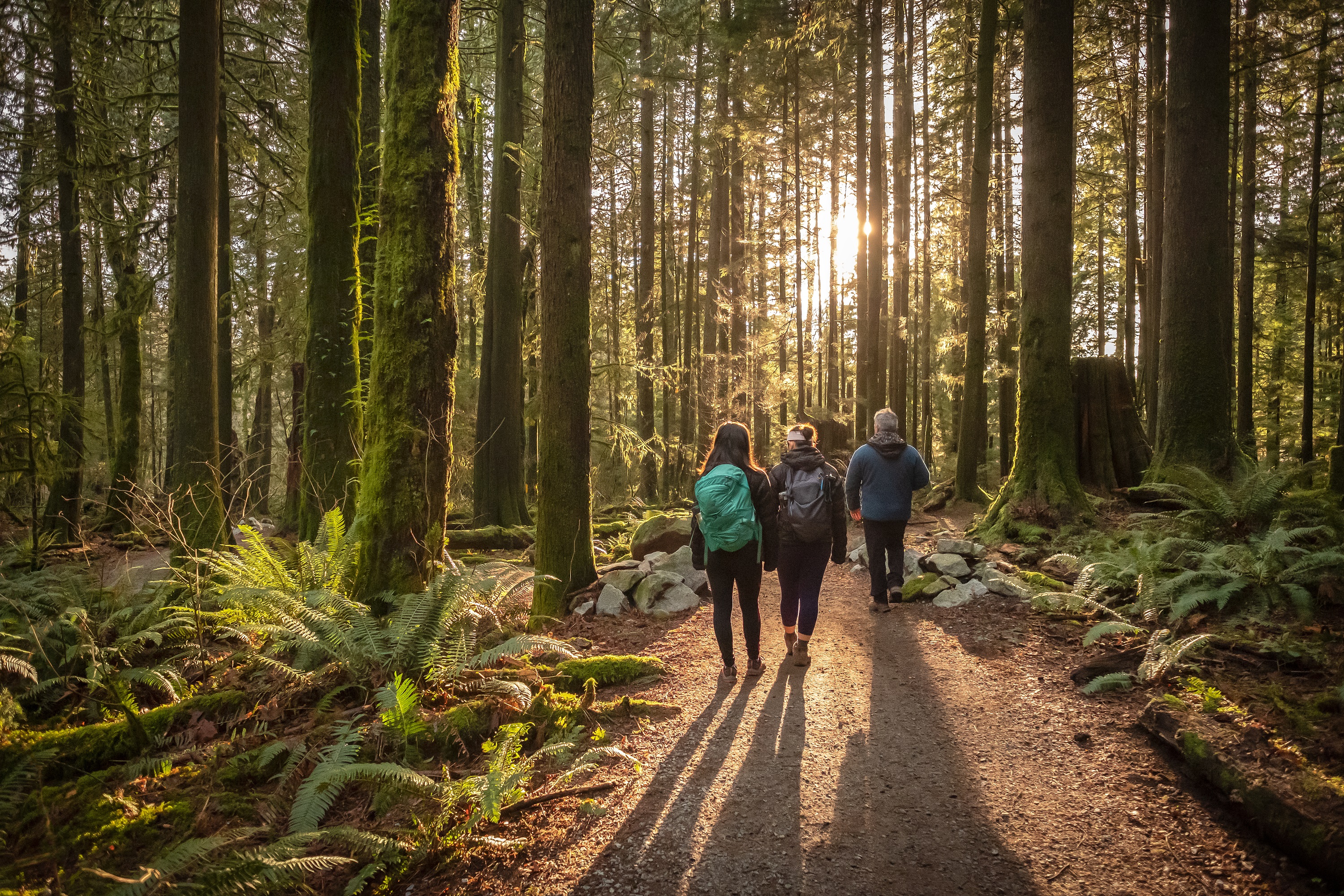
What should the government do?
As well as enshrining the right to a healthy environment in law, the government needs to provide councils with the money and powers needed to green our towns and cities so that everyone can enjoy the benefits of trees and green spaces.
Nature
Access to green space is a key health incentive and saves the NHS more than £100 million each year in GP visits and prescriptions (Fields in Trust, 2018).
Barrow and Furness has good access to green space compared with other constituencies, with 2,532 m2 of green space per person (Natural England, 2023).

What should the government do?
As well as enshrining the right to a healthy environment in law, the government needs to provide councils with the money and powers needed to green our towns and cities so that everyone can enjoy the benefits of trees and green spaces.
Jobs and the economy
As we transition away from fossil fuels, it's crucial that the government creates conditions for workers to re-skill and maintain employment.
A green transition will help avoid job losses and makes good financial sense. The net zero economy is the fastest growing sector in the economy, and the jobs it provides are much better paid than the average UK salary (20% higher on average, according to the Energy & Climate Intelligence Unit, 2024).
2024 analysis by CBI Economics shows there are 1,174 people working full-time in net zero jobs in Barrow and Furness, making up 3% of the area's workforce.
Together, they represent 4% of the local economy, equivalent to £112 million.
The green economy includes sectors such as renewable energy and storage, housing retrofit, low-carbon vehicles, climate adaptation and management of the natural environment.
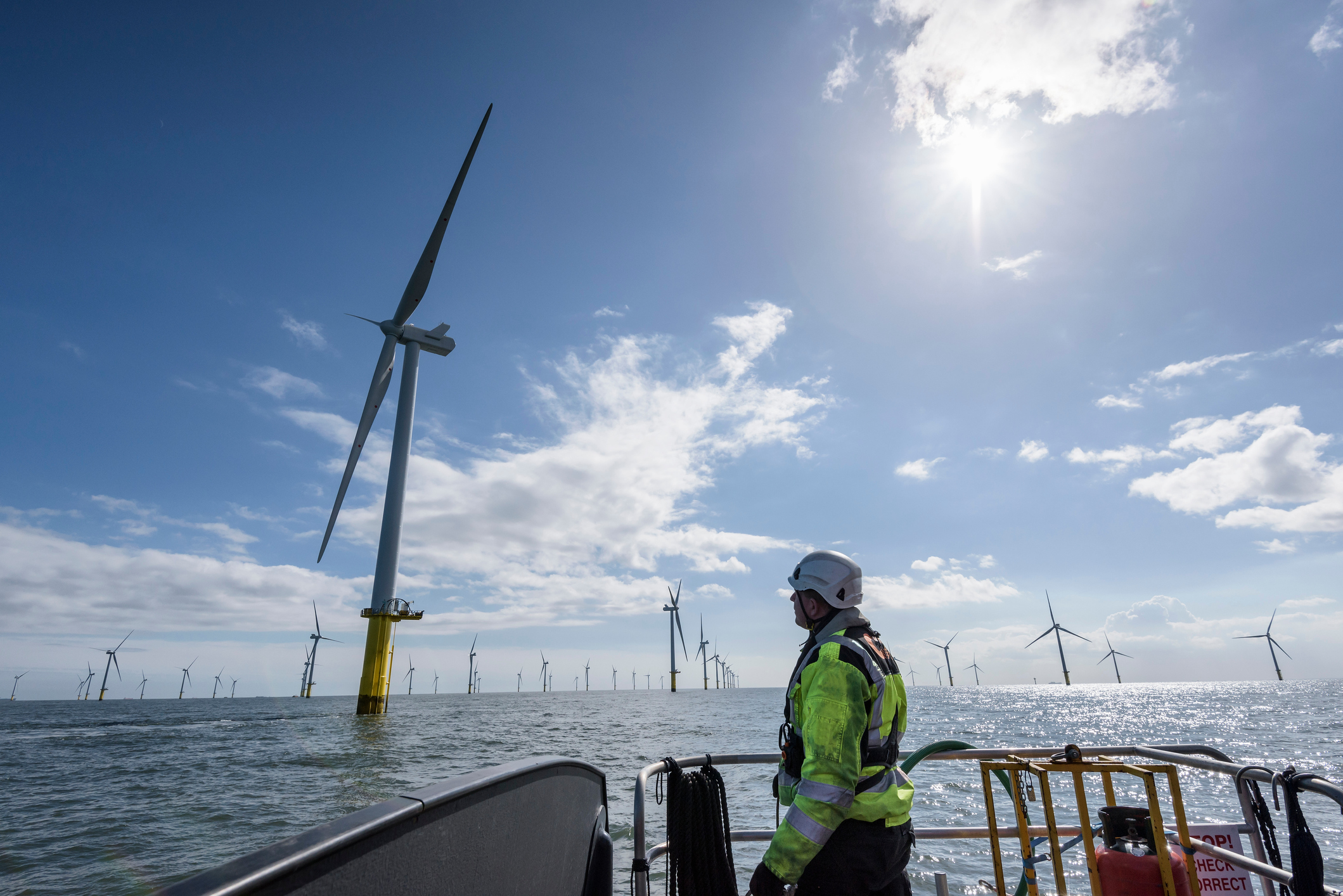
What should the government do to ensure more green jobs?
There's a global race to secure green jobs of the future, with the USA investing $369 billion through its Inflation Reduction Act and the EU $270 billion through its Green Deal Industrial Plan.
Friends of the Earth is calling on the UK to similarly invest in the future with a £50 billion-per-year capital investment and revenue programme to develop green industries, grow renewable energy, retrofit homes, deliver a renaissance in public transport, restore nature and create the jobs of the future.
What to do with this data

